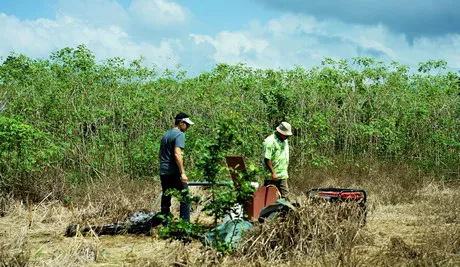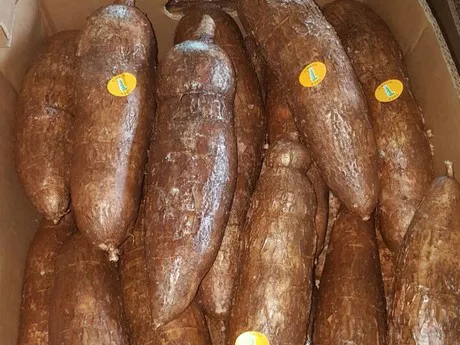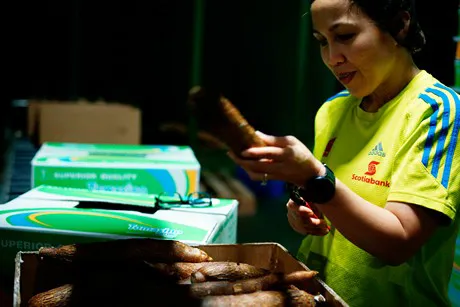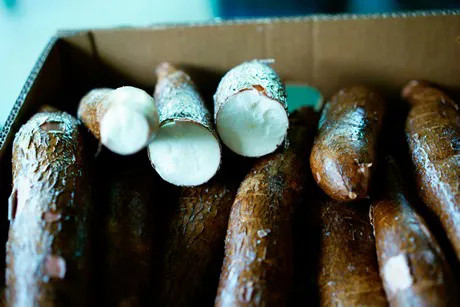Supplies of Costa Rican Yuca root vegetables are down by an estimated 40 percent this season.

“In the last two years, supplies have been diminishing,” says Luis Tomasino of Tomasino Farms, Inc. in Orlando, Fl. He notes that in 2016, Hurricane Otto destroyed numerous farming regions in the country. “After that, there was less U.S. or European-quality product and there was more for frozen product because of that,” he says.
Weather is also impacting this season’s supplies. “It’s a lot drier than last year. Last year it was raining quite a bit. This year people are scrambling trying to get irrigation,” says Tomasino. “So along with less production, now quality is an issue. It’s a thinner product.”

Year-round supplies
Costa Rica produces Yuca out of three rotating regions within the country throughout the year—the Caribbean growing region, the central Northern part of the country and further in the North as well.
And right now, there are supplies hailing from other countries as well. “Nicaragua has good product but they’ve got some government problems—but some is going into Miami right now,” says Tomasino. “Ecuador, which was almost pushed out by Costa Rica because of the quality, has some supplies and the Dominican Republic has some as well.”

Meanwhile demand is high for Yuca but to a point. “A lot of distributors have stopped stocking it because of the instability,” he says. “Prices keep going up and up. Traditionally, it’s not a very high margin product because it’s labour intensive to harvest.”
Price shift
In fact, Tomasino notes that in the last six months, pricing has taken a sharp turn. “I can’t see it getting much higher than it is now. There’s not a huge demand so if it gets too expensive, they’ll just stop with it,” he says. “There has to be a big gap in production for it to go higher than it is now. I think it’s tapered.”
He notes that this year’s prices are about 20 percent higher than last year, pushing into the $20s market compared to last year’s high teens market.

In the short term, Tomasino notes that it’s a wait and see situation. “There’s product available but there’s just less and it doesn’t look as pretty,” he says.
However, down the road, more supplies could be on the way. “Just like any crop, people now see there’s a need here and prices are going up so now people are starting to plant,” he says. “I expect this will be short lived and there might even be an oversupply soon.”
For more information:
Luis Tomasino
Tomasino Farms, Inc.
Tel: +1 (888) 416-3171
luis@tomasinofarms.com
http://tomasinofarms.com/
